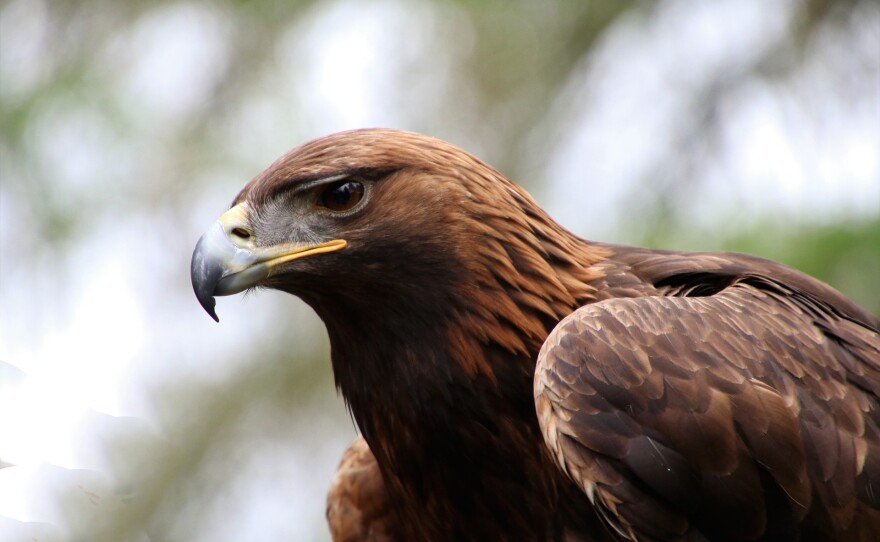Golden Eagles migrate along a ridgeline in the Rocky Mountains and their tracks are based on the viewshed of observers on the ground. Dynamic Brownian bridge movement models and GPS data were used to create example migration tracks. Solid lines denote a 95% movement isopleth. Black dots indicate GPS locations of eagles during passage. Here are some of the key elements that determine eagle migration patterns.
Nature of eagle migration
Golden eagles in Denali National Park and Preserve are among the world’s most migratory species, and they can travel more than 4,000 miles in one season. These migratory birds spend summers in Alaska’s North Slope before heading south in autumn to wintering grounds in central Mexico. As the landscape changes, so do the eagles’ routes. This article provides information on the migration routes of golden eagles, as well as on their breeding grounds.
Duration of eagle migration

The duration of Golden Eagle migration is largely unknown. McIntyre and Lewis observed 1364 eagles in 9 days during the fall migration. However, the distance they covered during their migration is much larger than a single counting site. Moreover, Golden Eagles migrate over months. Consequently, estimating the duration of their migration is a challenging task. However, there are some things we can do to understand the patterns of this migration.
Orographic lift in the Rockies
During the autumn Golden Eagle migration, they rely on thermals and orographic lift to fly higher than they would otherwise. The eastern portion of the Rockies in Canada was formed by layers of sedimentary rock and great pressure from the south-west, which caused these layers to lift upward into an almost vertical orientation. Weathering has left hard layers that are now standing as ridges parallel to the eagle’s desired flight path.
Habitat of eagles during migration
The habitat of golden eagles is a wide variety of natural settings. These species usually live in open grasslands, scrubland, and open woodlands. They also nest in man-made structures, such as farmland or steep hillsides. Nest-building usually begins one to three months before egg-laying, and both sexes contribute to the nest-building process. Golden eagles are monogamous, and females may stay with the same mate for life. Golden eagles also live in cliffs, steep hillsides, and deserts.
Conservation of eagles
In the spring, the golden eagles migrate through a more complex landscape than their fall counterparts. They spend the summer on the North Slope of Alaska, while migrating to Mexico in winter. The fall migration is characterized by mixed age classes, with approximately 47% of birds migratory in an experience, while 23% are young birds. Because of this, there is a pressing need for the conservation of golden eagle migration.